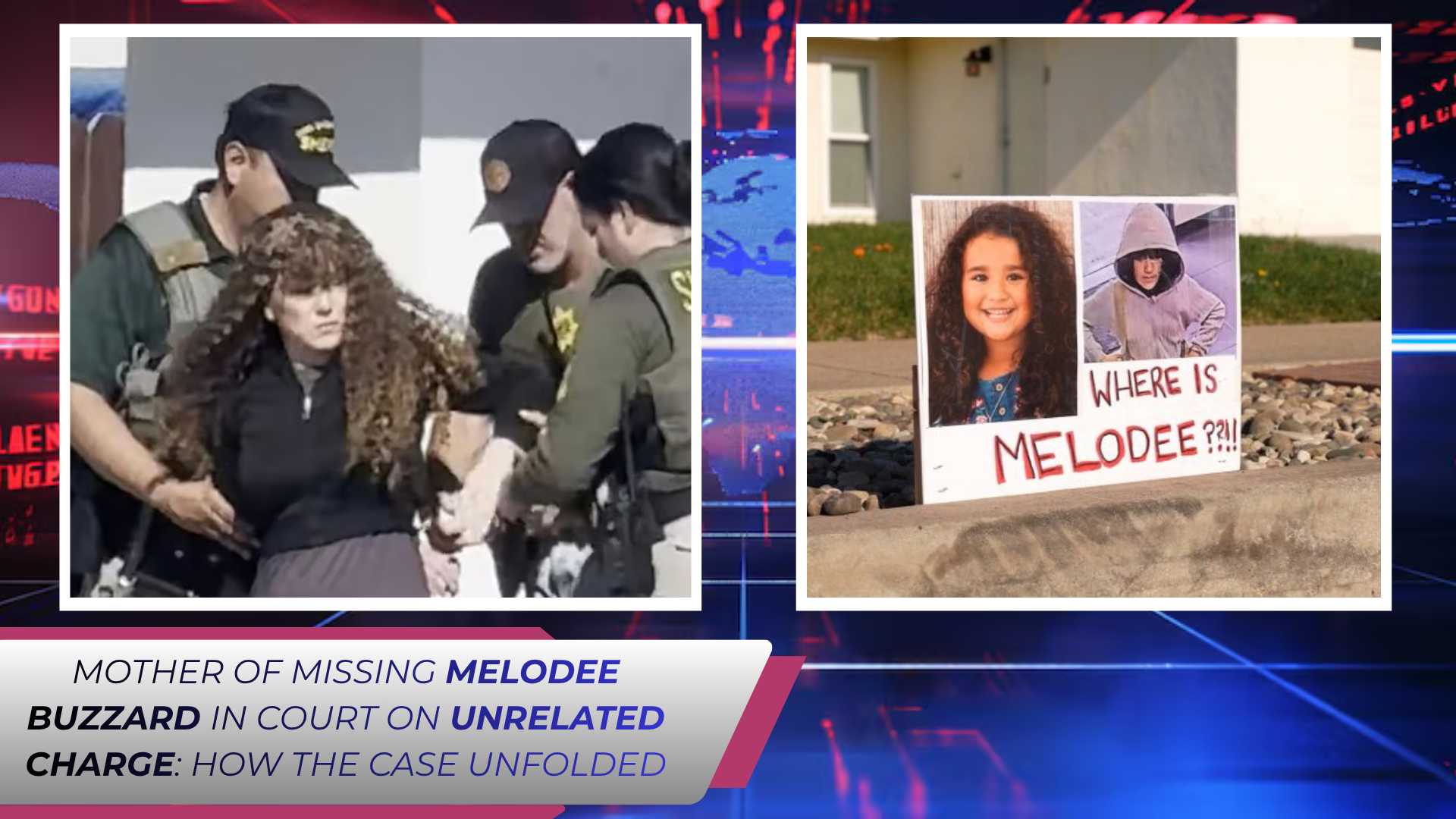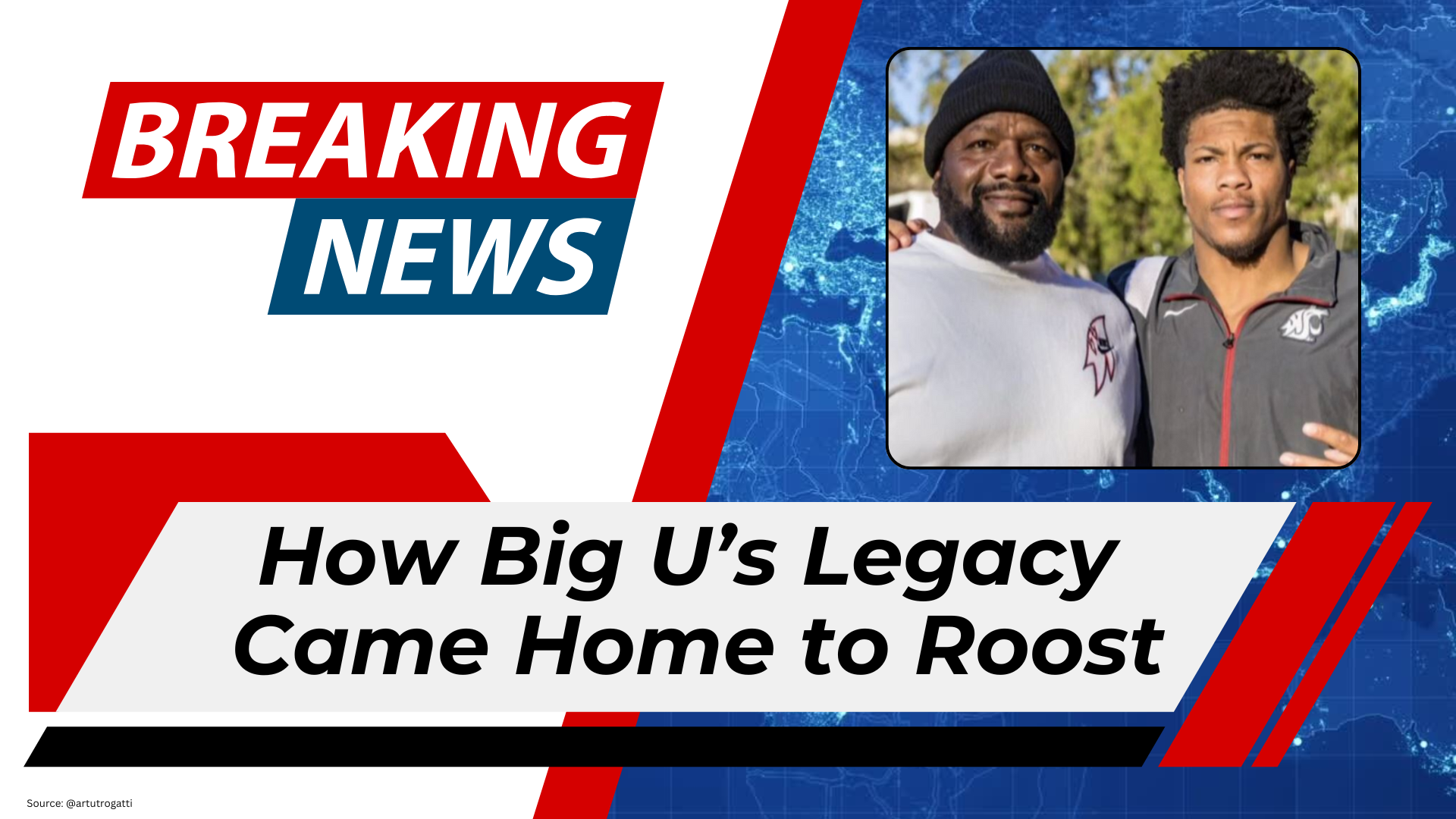When people hear the word “crime,” they often imagine masked robbers, street fights, or violent gangs. Yet, some of the most damaging crimes in history have been committed not with guns, but with pens, briefcases, and computer screens. This world is known as white-collar crime—non-violent offenses committed by professionals in positions of trust, power, or authority, usually for financial gain.
Unlike street crimes that are visible and often immediately reported, white-collar crimes are subtle, complex, and hidden behind polished offices and corporate titles. But their consequences can be far-reaching, destroying economies, wiping out savings, and eroding trust in institutions.
Defining White-Collar Crime
The term was first coined by sociologist Edwin Sutherland in 1939, who described it as crime “committed by a person of respectability and high social status in the course of their occupation.” Today, it covers a wide range of offenses:
- Fraud: Deceptive practices for financial gain, including insurance fraud, tax fraud, and securities fraud.
- Embezzlement: Misappropriation of funds entrusted to an employee or official.
- Insider Trading: Using confidential information to manipulate stock markets for profit.
- Bribery and Corruption: Offering or receiving illegal favors to gain advantage in business or politics.
- Money Laundering: Concealing the origins of illegally obtained money through complex financial transactions.
Why White-Collar Crime Matters
Many people underestimate the seriousness of white-collar crime because it doesn’t involve physical violence. However, the financial and social damage can be enormous:
- Economic Losses
Billions of dollars are lost globally every year due to fraudulent activities, affecting companies, governments, and taxpayers. - Job Losses
Corporate scandals often lead to bankruptcies, putting thousands of employees out of work. - Broken Trust
When leaders and respected professionals are caught committing crimes, it undermines faith in institutions, governments, and businesses. - Global Impact
White-collar crimes often cross borders, involving offshore accounts, shell companies, and international fraud schemes.
Famous Examples of White-Collar Crime
- Enron Scandal (2001): One of the largest corporate fraud cases in history, where executives manipulated financial statements, causing billions in losses and thousands of job cuts.
- Bernie Madoff’s Ponzi Scheme (2008): Madoff defrauded investors of over $60 billion, making it one of the biggest financial frauds in history.
- Volkswagen Emissions Scandal (2015): The auto giant admitted to cheating emissions tests, damaging trust and facing billions in fines.
These cases show that white-collar crimes can shake entire industries and economies.
Why White-Collar Crime Happens
Unlike crimes driven by desperation, white-collar crime is often fueled by:
- Greed and Ambition: The desire for wealth and success at any cost.
- Opportunity: Access to sensitive information, loopholes, or weak oversight.
- Culture of Corruption: Workplaces that reward results without questioning ethics.
- Low Perceived Risk: Offenders believe they are unlikely to be caught or punished.
How Society Fights Back
Tackling white-collar crime requires sophisticated strategies and collaboration across borders.
- Stricter Regulations: Financial institutions and corporations need tighter oversight to close loopholes.
- Whistleblower Protections: Employees who expose wrongdoing must be safeguarded.
- Advanced Technology: AI and blockchain are being used to detect suspicious financial activities.
- Harsher Penalties: To deter crime, penalties must be more severe than a “slap on the wrist.”
The Invisible Victim
One of the challenges in addressing white-collar crime is the “invisible victim.” Unlike violent crime where the harm is immediate, white-collar crime often harms large groups of people indirectly—shareholders, employees, taxpayers, and even future generations.
For example, a single case of corruption in government contracting can divert millions away from schools, hospitals, or infrastructure, depriving citizens of essential services.




.png)
.jpg)


